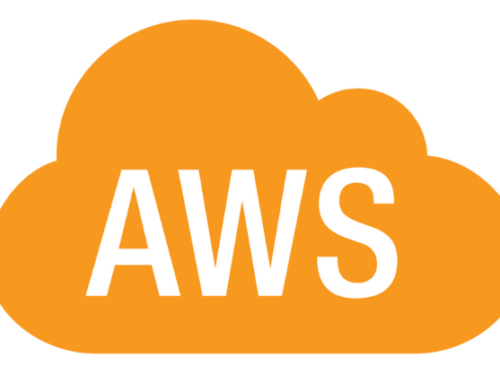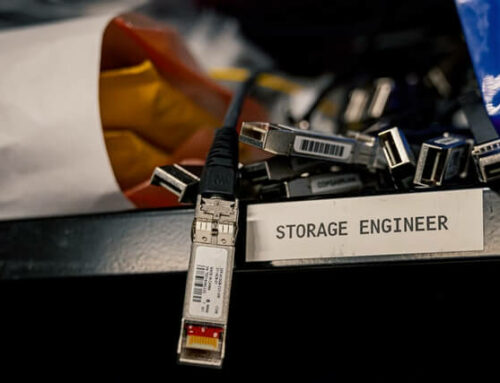In this post: Learn which tools and safeguards your company can utilize with troubleshooting with CloudCheckr.
When something goes wrong in your on-premise data center, your IT team is there to troubleshoot the hardware on the floor and make the necessary repairs. It can feel like no time at all that you’re up and running again.
But what happens when your cloud environment starts to malfunction? You can’t send an engineer into a virtual environment to repair physical infrastructure—there isn’t anything at that level that you can access. You only have access to what the cloud provider grants you.
You can’t troubleshoot like you’re used to, but there are tools and safeguards you can put in place to mitigate cloud failures.
CloudCheckr – What is it good for?
Like many others, the engineers at CloudCheckr know that “you can’t fix what you can’t see.” So, to circumnavigate their clients’ “cloud-blindness,” they designed a software solution.
Think of CloudCheckr as a “single pane of glass” that grants end-user insight into the internal workings of their public cloud interface. CloudCheckr integrates directly with AWS and Azure environments to produce billing, utilization, and usage reports and help clients better manage and optimize their cloud systems. Essentially, the software helps you eliminate waste by determining what workloads are running unnecessarily increasing your bill, which VMs are underutilized and need disabling, and which VMs are no longer necessary.
To adjust to a cloud-native way of troubleshooting, however, you need to go deeper. While CloudCheckr allows you visibility, it does not create the access that you need to conduct extensive troubleshooting ventures or major system overhauls. It is a tool tailored to streamline billing and utilization—not troubleshoot at a technical level.
So, what does troubleshooting look like in the cloud?
Cloud Troubleshooting Requires the Right Architecture
According to ADAPTURE experts, troubleshooting is completely redefined in a cloud environment. In fact, your focus shouldn’t be on how to troubleshoot issues later than it should be about constructing the correct architecture the first time. Having an intrinsically robust environment will alleviate the need for traditional troubleshooting later because you will have enabled the environment to find troublesome components and rebuild itself with clean versions. First, you must design your application with resiliency in mind.
Designing for Resiliency
From the very beginning, you need to build your applications so that if one is glitching, you can determine the instance that is causing trouble, kill it, and have it immediately spun back up on an entirely new VM. If your applications have instead been built so that they must run at all times, then your systems will suffer when you need to refresh even just one instance. The seamless kill-one-and-spin-back-up cycle is simply not possible here; when you kill one, you kill them all. As a result, your end-users will experience downtime, and your systems will be disjointed.
Using Loosely-Coupled Applications
In order to architect for resiliency, you must ensure that your web applications are loosely-coupled. This way, you can independently scale different parts of your application. This means that if you need to kill one instance, it only affects that instance alone, and doesn’t take the rest of the application down with it. This allows you to “troubleshoot” by finding and killing the broken component without taking down the entire system. In fact, because most components run alongside others that do the same job, only those users directly connected to the “broken” component would notice any issue at all.
Conversely, a tightly-coupled environment requires that if any part of the application is malfunctioning, then the system as a whole cannot operate, and you must restart the whole application. If you try to kill off the monolithic VM that contains a traditionally-architected application, it will almost certainly result in downtime for your users.
Cloud Troubleshooting is Primarily about Monitoring, Alerts, and Orchestration
Once you’ve built a loosely-coupled application and designed with the ability to be resilient in the cloud, you must put in the work to make it “self-healing.” This involves monitoring each level of the application at a deep level. You need to make sure that each portion is responding correctly by more deeply querying your application and then testing it against predefined “correct” answers. Furthermore, you should watch utilization and send up warning flags if workloads are overutilizing or underutilizing their allotted VMs.
In any of these scenarios, an alert should signal your orchestration tool (Chef, Puppet, VMware, etc.) to take the appropriate action to remediate the issue.
- For an unresponsive application, it might be killing that VM and spinning up a new one to take its place.
- For an application with a sudden burst of activity, it might mean automatically spinning up some new workers to support the load.
The correct response depends on the type of error and the application itself.
Build It Right the First Time
In short, build your environment appropriately and construct your applications with resiliency and loose-coupling in mind. When you have done so, you can look forward to a future cloud that won’t require heavy-duty troubleshooting; you will have programmed your environment to take care of itself.
Quit troubleshooting the old way and start building the right way.












